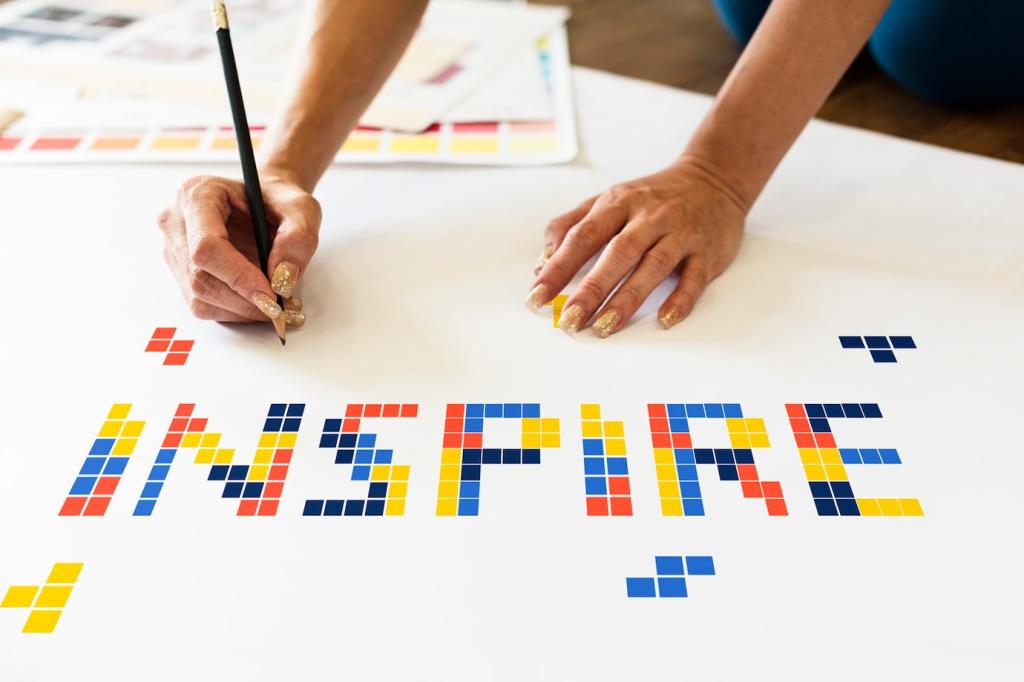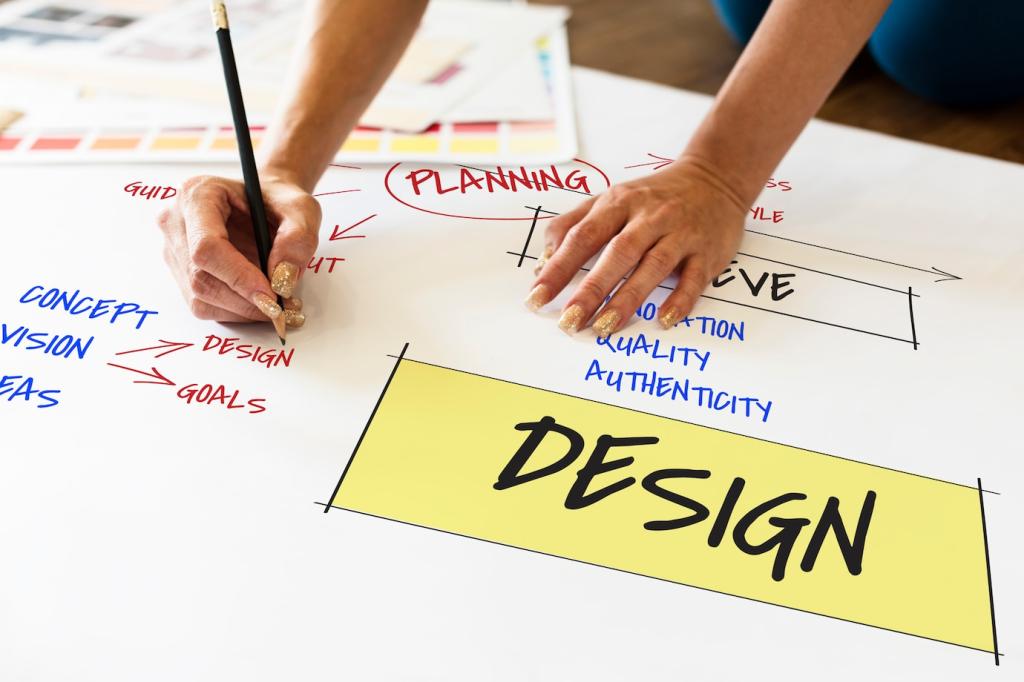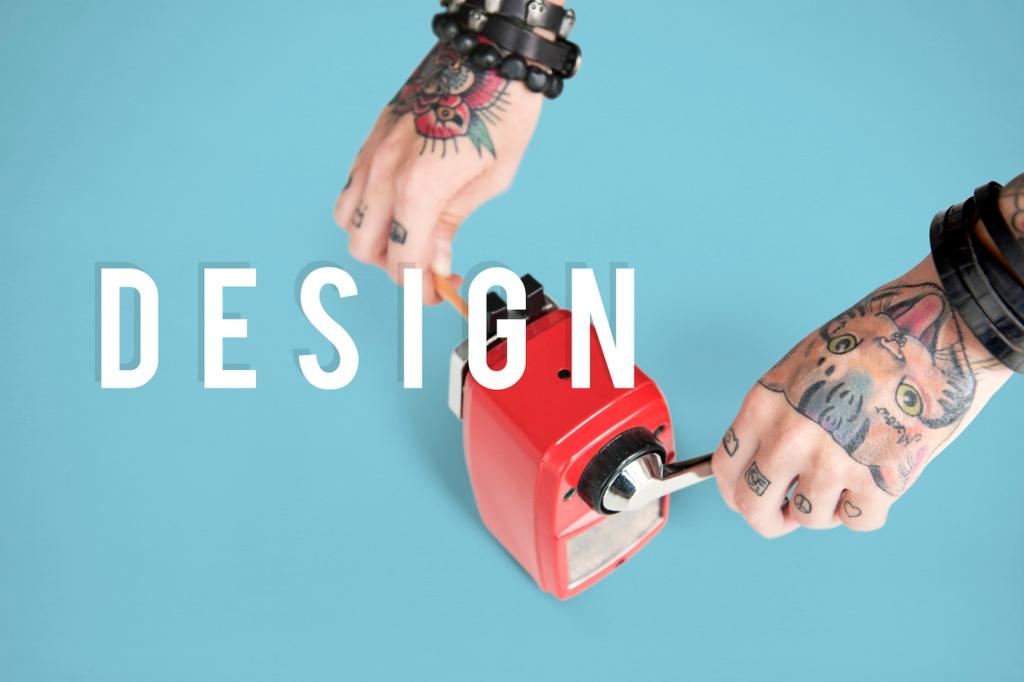
Personalized Learning Experiences Through Web Design
Chosen theme: Personalized Learning Experiences Through Web Design. Explore how thoughtful interfaces, data ethics, and human-centered patterns create learning journeys that feel tailor-made. Subscribe for fresh case studies and share your own personalization wins or challenges—we’ll feature the most insightful stories.
Learner Personas and Journey Mapping for Personalization
Start by interviewing learners and identifying motivations, constraints, and devices. Translate insights into navigation labels, dashboard widgets, and progressive disclosure so each visitor sees the next best step without cognitive overload or dead ends.
Meaningful Events, Not Just Clicks
Instrument events that reflect learning intent—goal setting, hint reveals, retry patterns, and reflection posts. Pair xAPI statements with human review, so dashboards reveal learning behaviors, not vanity metrics that mislead your design priorities.
A/B Testing With Care
Test feedback timing, hint depth, and dashboard density. Run sequential tests to reduce noise, and celebrate small wins. Share your favorite experiment in the comments, and we’ll explore why it worked—and when it might not.
Progress Dashboards That Motivate
Design dashboards that answer three questions: Where am I? What’s next? How do I improve? Use comparative baselines against personal history, not peers, to avoid demoralizing competition and reinforce mastery.


Accessibility as Personalization
Offer font scale presets, line height sliders, and color themes with sufficient contrast. Treat preferences as first-class, remembering choices across sessions. Small, visible toggles communicate respect and save learners from repeated fiddling.
Accessibility as Personalization
Ensure semantic landmarks, skip links, and logical headings. Write purposeful alt text and aria labels that avoid redundancy. Practice with a screen reader weekly to keep empathy fresh and discover friction you never see visually.

Adaptive Assessment and Feedback UX
Start with low-stakes checkpoints that adjust difficulty based on confidence ratings and attempts. This shapes a safer space for growth while collecting signals to personalize final assessments without surprises.


Adaptive Assessment and Feedback UX
Replace vague correctness with specific, next-step guidance. Show annotated explanations, link to a targeted remedial micro-lesson, and offer a one-click reflection prompt so learning turns from judgment into momentum.



Performance, Responsiveness, and Calm Technology
Prioritize first input delay and largest contentful paint on learning screens, not promotional pages. Preload next-lesson assets, stream media adaptively, and defer decorative scripts so study time remains sacred.
Performance, Responsiveness, and Calm Technology
Design responsive assessments and transcripts, not only grids. Swap complex drag-and-drop for accessible alternatives on small screens, preserving learning equivalence rather than awkward shrink-to-fit compromises.
